Artificial intelligence (AI) has become a game-changer in the dynamic field of game creation. AI technologies are completely changing the game development process, bringing efficiency, creativity, and dynamic new levels to the process.
Scenario
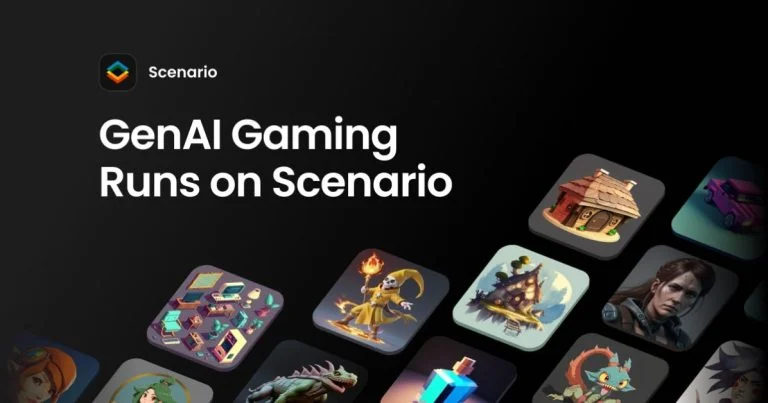
Scenario is a game design tool powered by AI that assists developers in creating dynamic and interactive game scenarios. It offers features for scenario planning, storyboarding, and narrative design to enhance storytelling in games.
Key Features and Capabilities
- Scenario planning and storyboarding tools
- Narrative design assistance
- Interactive scenario creation
Real-world Use Cases or Examples
Game developers use Scenario to craft engaging storylines, plan branching narratives, and create immersive scenarios that captivate players.
Ludo.ai
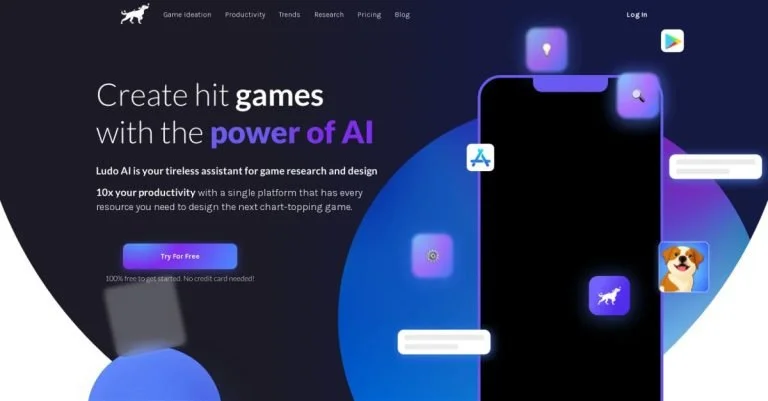
Ludo.ai is an AI-driven game testing tool that automates testing processes for game developers. It provides intelligent testing algorithms, bug detection capabilities, and performance analysis tools to ensure game quality and stability.
Key Features and Capabilities
- Automated game testing
- Bug detection algorithms
- Performance analysis tools
Real-world Use Cases or Examples
Developers use Ludo.ai to streamline testing, identify and fix bugs efficiently, and optimize game performance.
Promethean AI
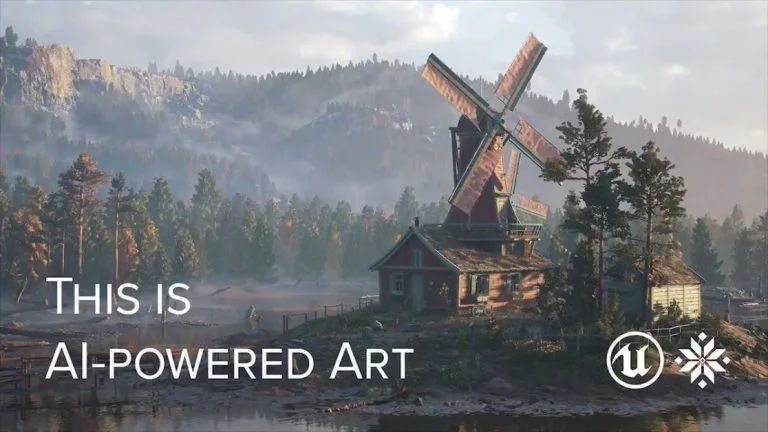
Promethean AI is a tool that helps developers create lifelike non-player characters (NPCs) for games. It offers NPC behavior modeling, dialogue generation, and AI-driven character development features.
Key Features and Capabilities
- NPC behavior modeling
- Dialogue generation
- AI-driven character development
Real-world Use Cases or Examples
Promethean AI is used to design realistic NPCs, create dynamic interactions, and enhance player immersion.
Layer.ai
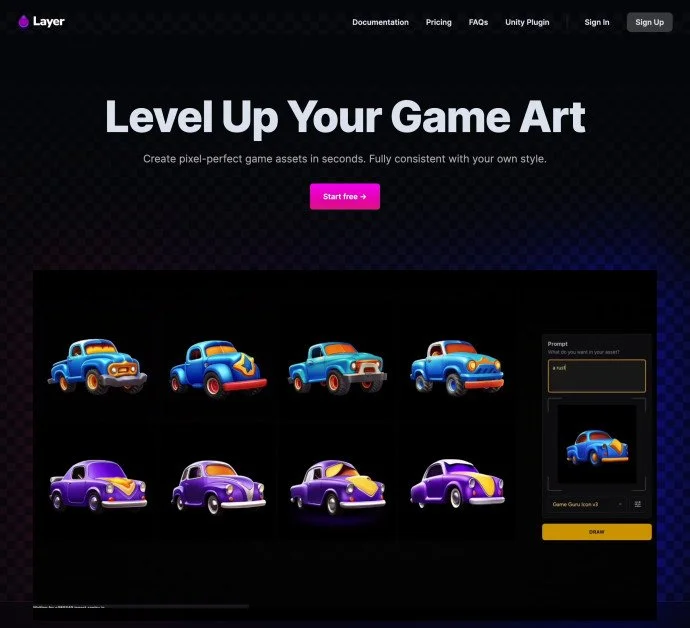
Layer.ai provides game developers with advanced visual effects and graphics enhancement capabilities. It offers tools for image processing, texture generation, and visual effects design to elevate game visuals.
Key Features and Capabilities
- Visual effects tools
- Image processing features
- Texture generation capabilities
Real-world Use Cases or Examples
Game developers use Layer.ai to enhance graphics, create stunning visual effects, and optimize image rendering for immersive gaming experiences.
Rosebud.ai

Rosebud.ai is an AI tool for character customization and avatar creation in games. It offers facial recognition, character modeling, and personalized avatar generation features.
Key Features and Capabilities
- Character customization tools
- Facial recognition technology
- Avatar creation features
Real-world Use Cases or Examples
Rosebud.ai enables players to create personalized avatars, customize characters, and enhance player identity and immersion.
Hotpot.ai

Hotpot.ai assists developers in creating engaging user interfaces (UI) for games. It provides UI design, layout optimization, and user experience enhancement tools to improve player engagement.
Key Features and Capabilities
- UI design tools
- Layout optimization features
- User experience enhancement capabilities
Real-world Use Cases or Examples
Developers use Hotpot.ai to design intuitive game interfaces, optimize user interactions, and enhance player experience.
Leonardo AI
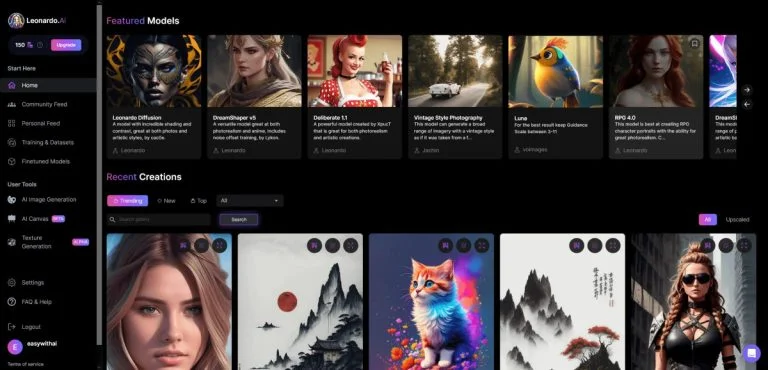
Leonardo AI offers game developers advanced art generation capabilities. It provides tools for art style transfer, image enhancement, and art asset creation to streamline art production in games.
Key Features and Capabilities
- Art generation tools
- Image enhancement features
- Art asset creation capabilities
Real-world Use Cases or Examples
Game developers use Leonardo AI to generate art assets, enhance visual elements, and streamline art production workflows.
InWorld
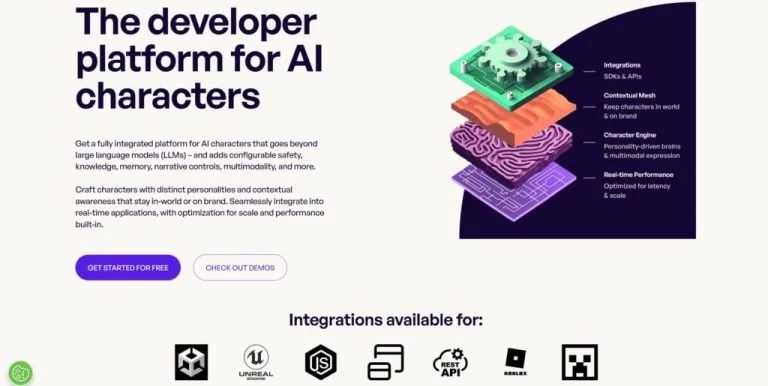
InWorld is an AI tool for world building and environment design in games. It offers terrain generation, world mapping, and environment simulation tools to create immersive game worlds.
Key Features and Capabilities
- World building tools
- Terrain generation features
- Environment simulation capabilities
Real-world Use Cases or Examples
Developers use InWorld to design expansive game worlds, create diverse environments, and simulate realistic landscapes for player exploration and immersion.
Charisma
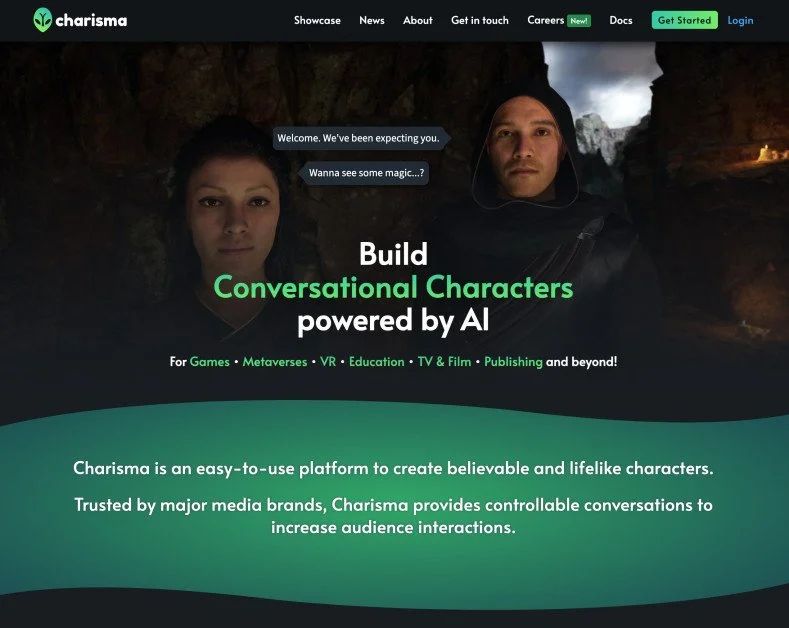
Charisma helps developers create dynamic and responsive game characters. It offers character animation, emotion recognition, and AI-driven character behavior features to enhance player interactions.
Key Features and Capabilities
- Character animation tools
- Emotion recognition features
- AI-driven character behavior
Real-world Use Cases or Examples
Charisma is used to animate characters, recognize player emotions, and create interactive in-game experiences.
Meshy
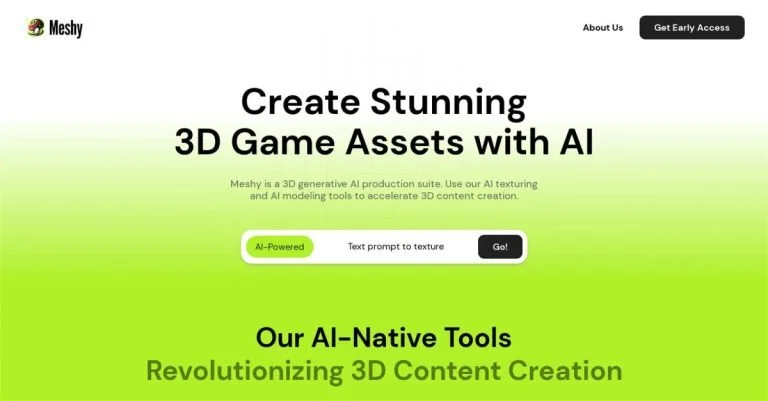
Meshy provides game developers with solutions for 3D modeling and asset creation. It offers mesh generation, texture mapping, and asset optimization tools to streamline asset creation in game development.
Key Features and Capabilities
- 3D modeling tools
- Texture mapping features
- Asset optimization capabilities
Real-world Use Cases or Examples
Game developers use Meshy to create 3D models, map textures onto assets, and optimize asset performance.
Conclusion
Artificial Intelligence-driven tools are revolutionizing the game creation industry. These technologies streamline the game creation process and help creators create more immersive and interesting experiences for players, from developing game landscapes and assets to creating stories and characters.
These resources demonstrate AI’s potential for game development. We should anticipate seeing even more cutting-edge technologies that expand the realm of what is conceivable in game production as AI technology develops. These tools present great chances to improve your games and give users more engaging experiences, regardless of expertise level in the industry.
